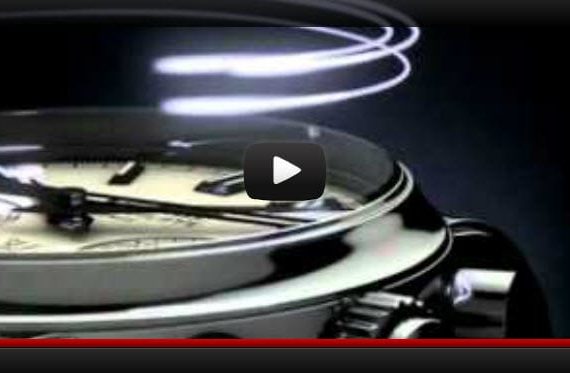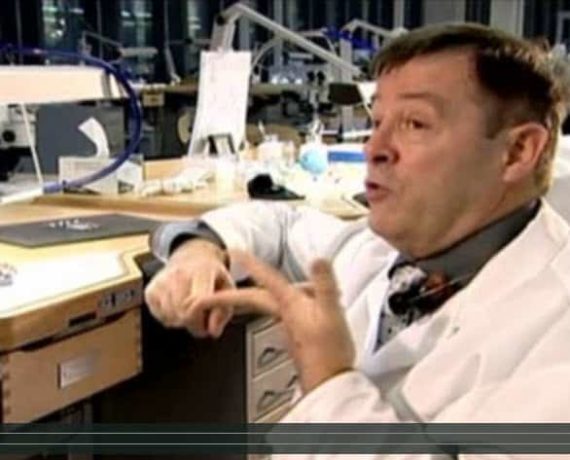The latest embodiment of Piaget’s virtuosity in the field of ultra-thin movements since 1957, the Emperador Coussin Automatic Minute Repeater sets another double record for slenderness in its category: 4.8 mm for its calibre, and 9.4 mm for its case. This exceptional model was entirely crafted in-house thanks to the twin expertise of the two Manufactures Piaget: the one located in La Côte-aux-Fées for the calibre, and the other in Plan-les-Ouates for the case. And since the exceptional loves to rub shoulders with perfection, the new 1290P calibre beating at its heart is adorned with the highest level of hand-crafted finishing.
Expressing Piaget’s insatiable quest for ultimate horological excellence, Calibre 1290P testifies to the exceptional mastery cultivated by one of the rare fully integrated Haute Horlogerie manufacturers. This first Minute Repeater represents the 4th major complication developed by Piaget, which has created in-house no less than 35 movements, including 11 comprising major complications, within the space of just 14 years.
If there is one major complication that is particularly difficult to produce, it would definitely be the Minute Repeater. To also enrich the movement with an automatic winding mechanism; to endow it with an exceptional sound; to offer the thinnest calibre in its category along with the thinnest case; to guarantee water resistance to 3 ATM; and to achieve all this 100% in-house: this array of individual feats form a unique accomplishment that is unique in the world of Haute Horlogerie. The Manufacture Piaget has thus achieved an authentic tour de force in developing the Emperador Coussin Automatic Minute Repeater. The development of its 1290P movement alone involved three years of work by six engineers dedicated to this task.
The technical feats stemming from a double record for the thinness of its movement and case in no way overshadow the essential quality of the watch: its fabulous acoustics. Indeed, the pursuit of such rare performances governed the entire conception of the movement. Activating the repeater slide at 9 o’clock serves to trigger the minute repeater on demand. The sound is then generated by the vibrations of a gong that is struck by the hammers. The latter are made of steel to ensure an optimal hardness to weight ratio. The gong itself is designed all of a piece to guarantee enhanced transmission of the vibrations — and thus the sound — through the movement and on through the case. In order to preserve the purity of this sound throughout its duration, the calibre is equipped with an inertia flywheel serving to regulate the rhythm between the start and finish of the chiming.
Whereas a conversation reaches an average of 65 decibels, Calibre 1290P chimes with exceptional intensity, with no less than 64 decibels dedicated to an incredible pure sound. Striking in the fifth octave, the hours are pitched at G sharp, and the minutes at A sharp. The sound lingers pleasantly, with an excellent damping factor of 2600 — a remarkable quality, since the latter is considered good at anywhere between 2000 and 3000.
Such an exceptional movement deserved exceptional decoration. Calibre 1290P heralds the most prestigious level of finishing ever performed by Piaget: the “image finishing” level. Embodying the brand motto “Always do better than necessary”, these decorations are entirely crafted by hand and using a file on all movement components. Boasting a perfectly controlled geometrical shape, Calibre 1290P is one of the most sophisticated expressions of horological finishing, featuring alternating interior and exterior angles. Bridges hand-bevelled and handdrawn with a file, sunburst or circular satin-brushed wheels, pink gold-toned screws and oscillating weight, mirror-polished finishing: such an impressive range of finishes calls for the most accomplished skills exercised by the finest artisans. This exceptional degree of finishing — emphasised by the Piaget motto appearing through the dial opening revealing the inertia flywheel — calls for no less than 70 hours of work for the 1290P movement alone.

![Panerai Luminor Submersible 1950 [Video]](https://tropicana.b-cdn.net/wp-content/uploads/2013/02/panerai-submersible-570x425.png)

